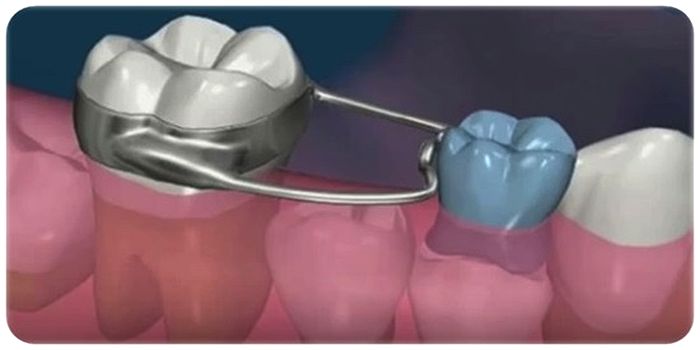Las urgencias en odontopediatría son muy comunes, y requieren de una atención rápida y eficaz para evitar complicaciones y malos pronósticos. Algunas urgencias que pueden presentarse son: abscesos dentales, celulitis, traumatismos.
No solo el odontopediatra, también el odontólogo general, debe estar preparado para poder atender un urgencia en un paciente pediátrico, porque así evitamos que la crisis se agrave.
Enlaces Patrocinados
Saber manejar el comportamiento y la conducta del infante es tarea indispensable en este tipo de situaciones. Compartimos un muy interesante webinar dictada por la Dra. Mirella Biggini, y como invitada a la Dra. Ana Maria Toro, que tocaran el tema de urgencias en odontopediatría.
ARTÍCULO RECOMENDADO
Reimplantar un diente de niño : Se puede?
Reimplantar un diente de niño : Se puede?
Este webinar abordará temas como el manejo integral en una cita de urgencia en odontopediatría, así como las opciones terapéuticas y manejo farmacológico en la atención infantil.
También te puede interesar :
► VIDEO: Absceso dental en niños
► Traumatismo Bucodentales en Odontopediatría
► Celulitis facial en odontopediatría
Fuente: Youtube / Oficina de Educación — Facultad de Odontología













